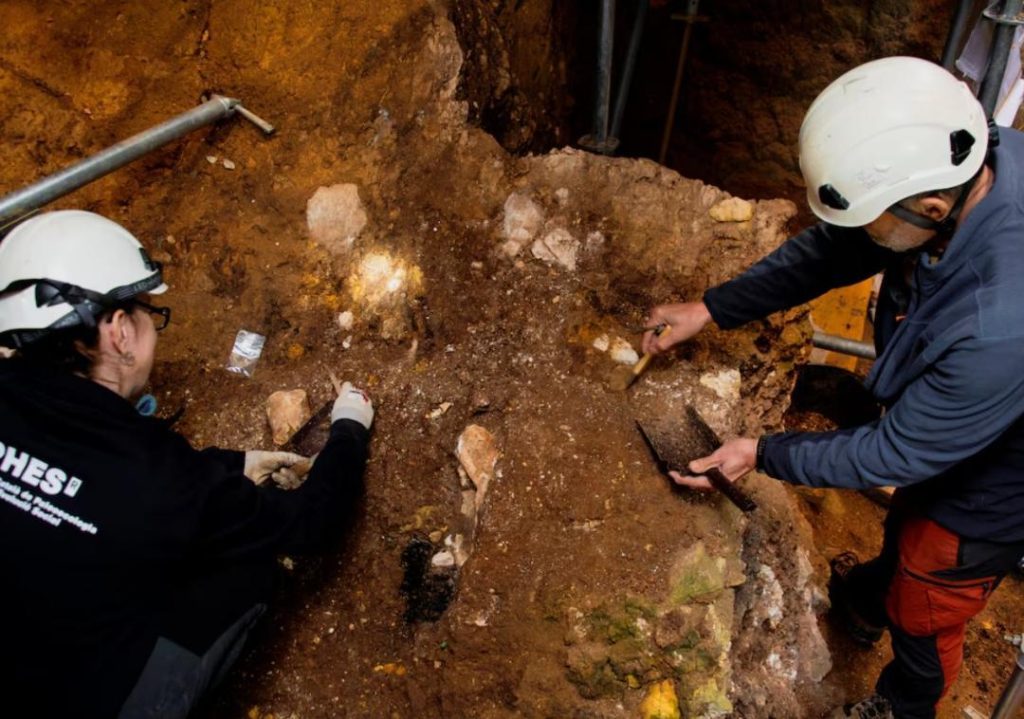
1-Million-Year-Old Fossil May Represent Unknown Ancient Human Species
The discovery of a 1.1-1.4 million-year-old fossilized facial bone in Spain has sent shockwaves through the scientific community, with researchers suggesting that it may represent a previously unknown species in the human evolutionary lineage. The finding, which includes fragments of the left side of an adult individual’s middle face, has sparked excitement and intrigue among scientists, who are eager to learn more about this ancient human ancestor.
The fossilized remains were unearthed by a team of researchers from the University of Barcelona, led by Dr. Maria Martinón-Torres, a renowned paleoanthropologist. The team made the discovery in the Castellón province of eastern Spain, where a variety of ancient human fossils have been found in the past.
According to Dr. Martinón-Torres, the fossilized facial bones are remarkably well-preserved, considering their age. The fragments include parts of the cheekbone, upper jaw, and nasal structure, which provide valuable insights into the anatomy and evolution of ancient humans.
“We were thrilled to find such well-preserved fossils,” Dr. Martinón-Torres exclaimed in a statement. “The fact that they are so well-preserved allows us to learn more about the physical characteristics of this ancient human species.”
The team used advanced imaging techniques, including computed tomography (CT) scans and 3D printing, to analyze the fossils and reconstruct the individual’s facial features. The results suggest that the ancient human had a unique combination of physical characteristics that do not match any known human species.
The fossilized remains are estimated to be between 1.1 and 1.4 million years old, which places them during the early stages of human evolution. This period, known as the Early Pleistocene, was a time of significant change and adaptation for early humans, who were transitioning from a more primitive, ape-like species to a more advanced, human-like species.
While the exact identity of the ancient human species remains unknown, researchers believe that the fossilized remains may represent a previously unknown species that branched off from the human lineage around 1.8-2.5 million years ago. This would mean that the species went extinct before the emergence of Homo sapiens around 300,000 years ago.
The discovery of this ancient human species has significant implications for our understanding of human evolution and the diversity of human-like species that existed in the past. It also highlights the importance of continued exploration and research in the field of paleoanthropology.
“This find is a game-changer for our understanding of human evolution,” said Dr. Chris Stringer, a paleoanthropologist at the Natural History Museum in London. “The fact that we have a new, previously unknown species adds to the complexity and diversity of the human family tree.”
The discovery of the fossilized facial bones is also a testament to the importance of preserving and protecting our natural and cultural heritage. The site where the fossils were found is now being protected and conserved for future generations to study and learn from.
As researchers continue to analyze the fossilized remains and learn more about this ancient human species, they are eager to share their findings with the world. The discovery of a previously unknown human species is a reminder of the vast and complex history of human evolution, and the many secrets that still remain to be uncovered.
Source:






